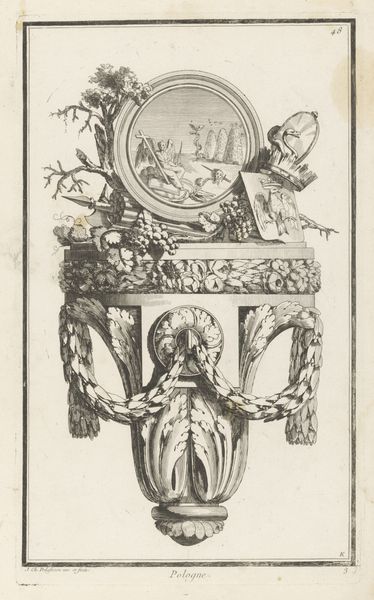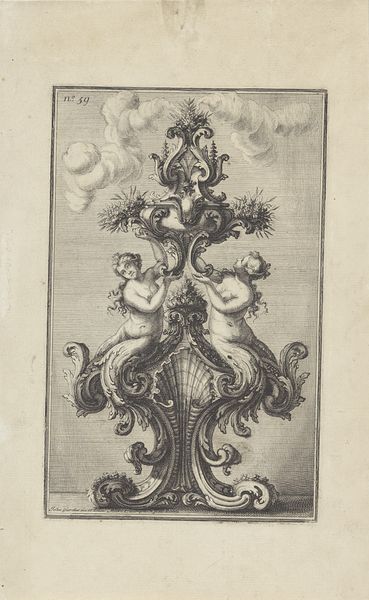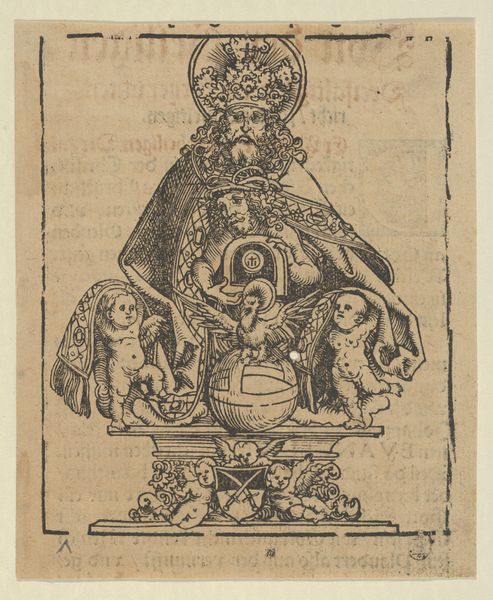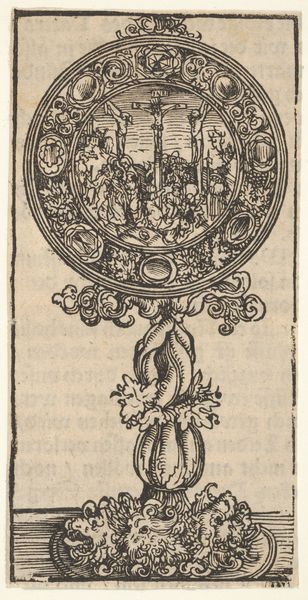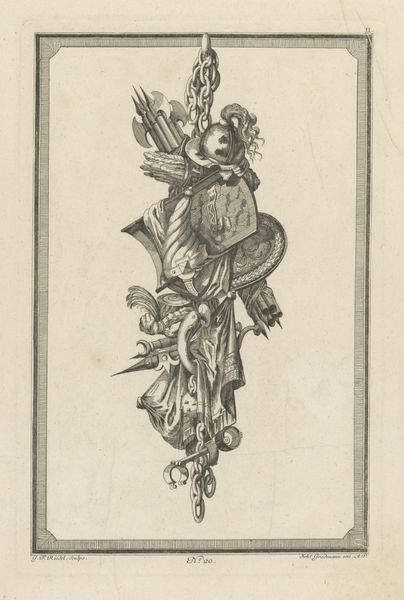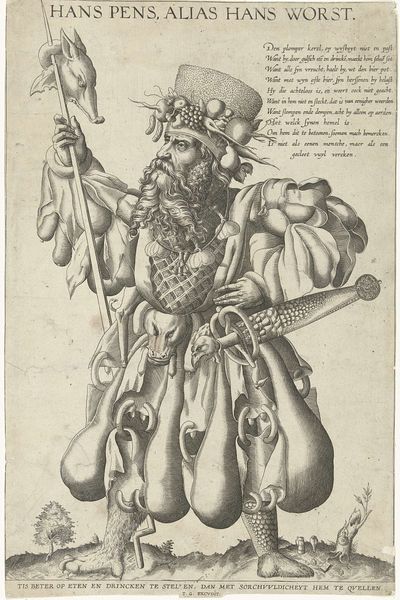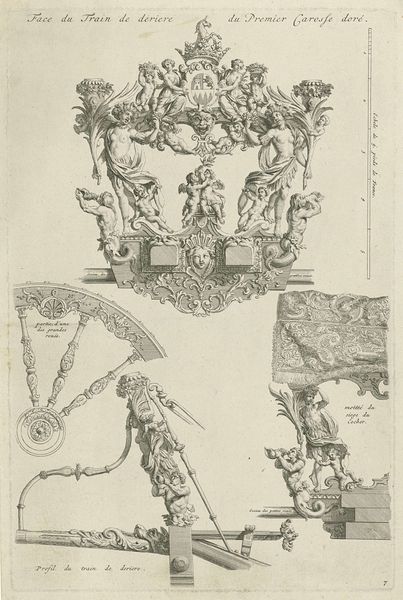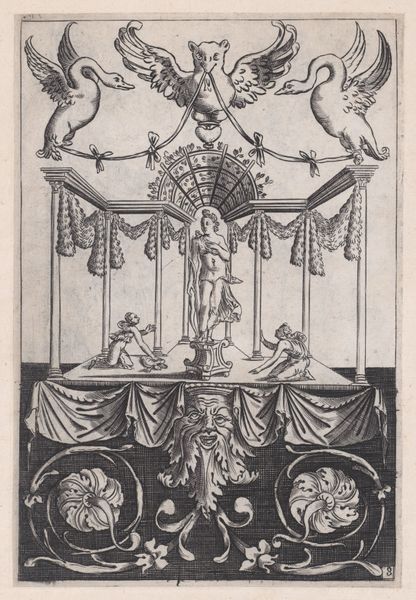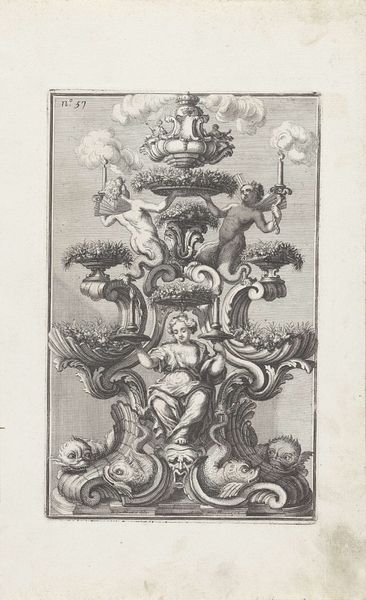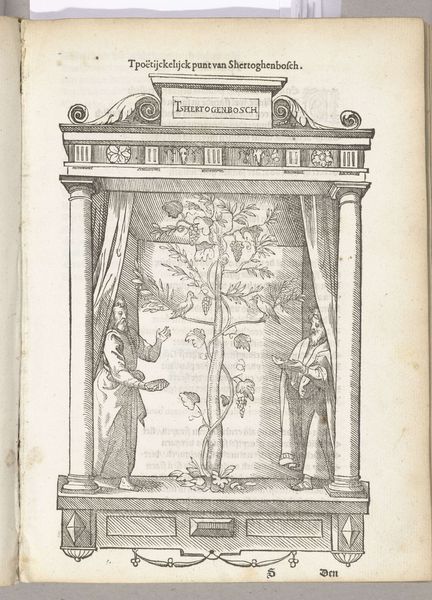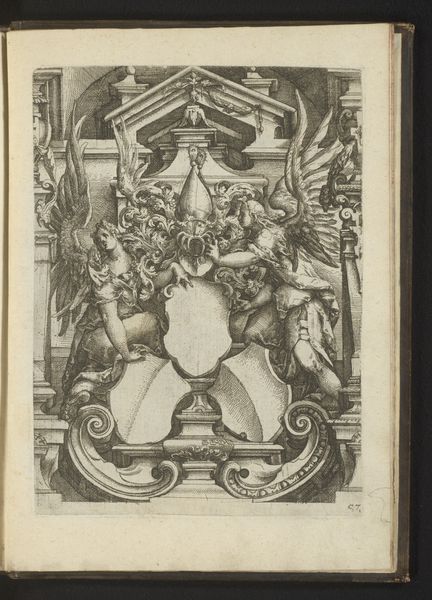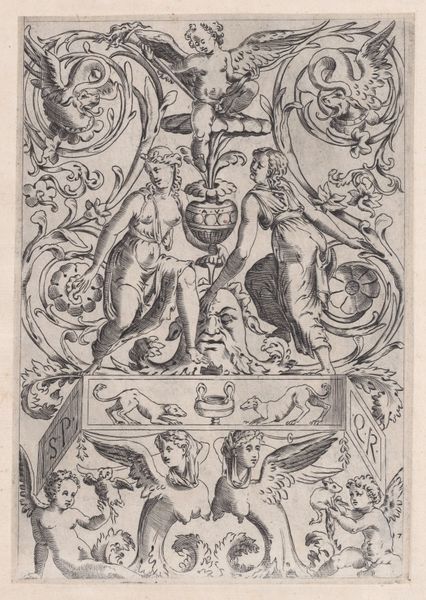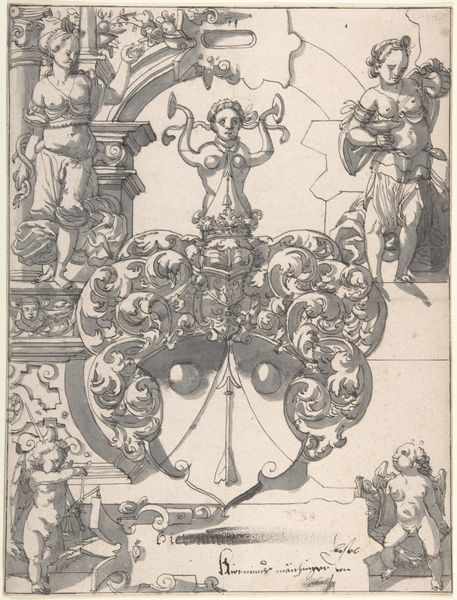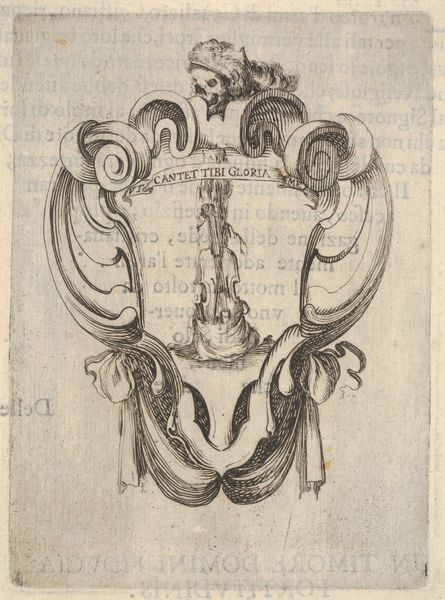
drawing, print, ink, engraving
#
portrait
#
drawing
# print
#
ink
#
coloured pencil
#
history-painting
#
academic-art
#
engraving
Dimensions: Overall: 15 3/8 x 10 5/8 x 1 1/2 in. (39.1 x 27 x 3.8 cm) page: 14 15/16 x 10 in. (37.9 x 25.4 cm)
Copyright: Public Domain
Editor: This is *De Vocis Auditusque*, a 1601 engraving by Giulio Casserio. It depicts the anatomy of the human throat and larynx. It feels so clinical, yet there’s a strange beauty in the detail. What do you see in this piece? Curator: For me, it speaks volumes about power and knowledge. Casserio, as an anatomist, is literally dissecting and displaying the human body, seizing control over its representation. Think about the historical context: this was a time of intense scientific revolution, but also strict social hierarchies. Who had access to this knowledge? Who was excluded? Editor: So, you’re saying the image itself reflects power dynamics of the time? Curator: Precisely. And consider the act of listening and speaking represented here. Whose voices were valued? Whose were silenced? Early modern medicine, like many fields, was shaped by gendered and racial biases. This image, seemingly objective, participates in that historical narrative. Look at the gaze of the main figure; is it inviting, vulnerable, compliant, or is the depiction appropriative? And what does it mean to classify and catalogue body parts detached from a living person? Editor: It's like… the act of categorizing the body can be an act of control. Curator: Exactly! What might a feminist or critical race studies scholar say about this image? How does this representation uphold or challenge dominant notions of the body and its functions? What power dynamics do we see reflected? Editor: I hadn't thought of it that way. Seeing it as part of a larger cultural conversation about who has the right to speak, or even to be seen, gives it a whole new weight. Thanks for making me think about the socio-political implications! Curator: And thank you for being so open to considering them. It reminds me that we must always examine art with a critical eye, considering the many voices – past and present – that inform its creation and reception.
Comments
No comments
Be the first to comment and join the conversation on the ultimate creative platform.
